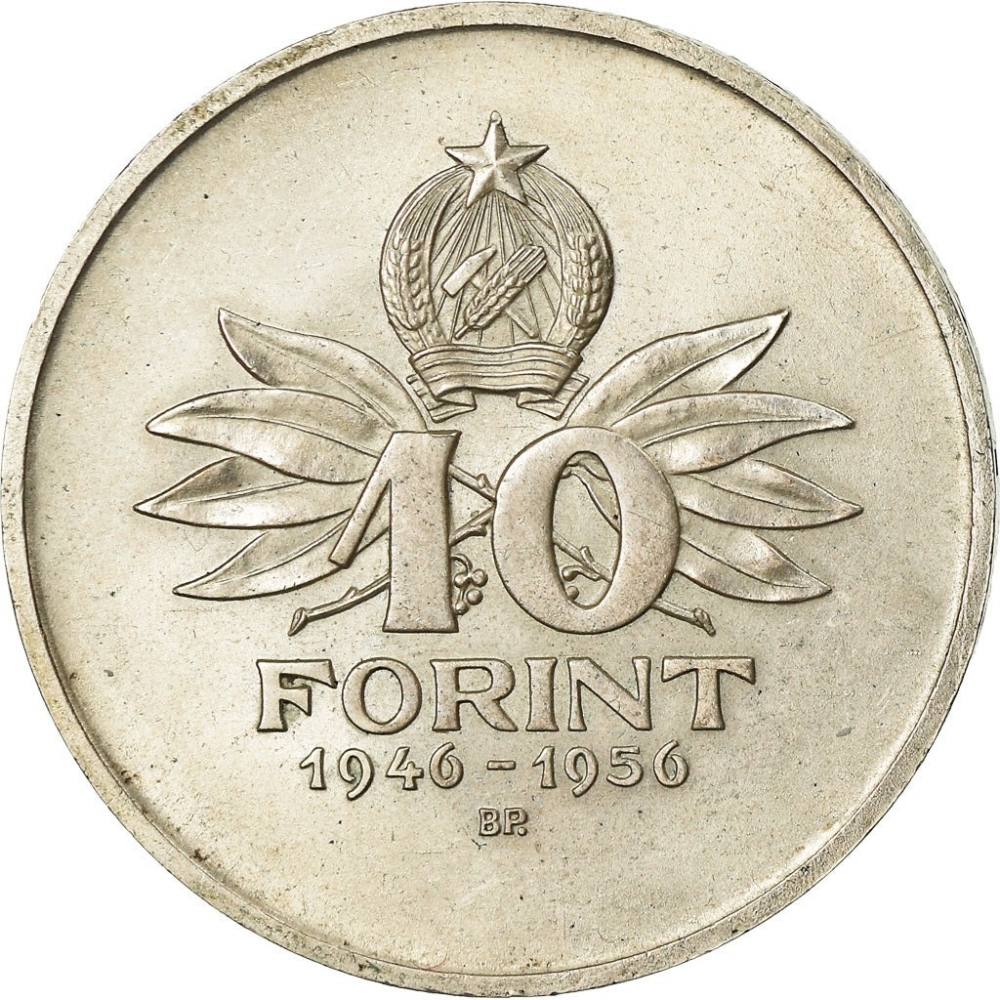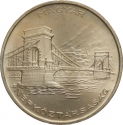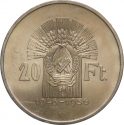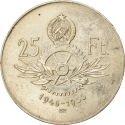You are about to finish your registration. Please check your mailbox (including spam folder). There should be a letter with a confirmation link. Check setting to make sure that your e-mail address is correct.
Send letter againDescription
The currency of Hungary is the forint (symbol: Ft; code: HUF), derived from the city of Florence where gold coins known as fiorino d'oro were first minted in 1252. In Hungary, the florentinus, later referred to as the forint, served as a gold-based currency from 1325 under the reign of Charles Robert, setting a precedent followed by several other nations. The introduction of the forint on August 1, 1946, played a pivotal role in stabilizing the Hungarian economy post-World War II.
Engraver: István Iván
Obverse

|
Depicts the Hungarian National Museum surrounded by the country name (Hungarian People's Republic). MAGYAR |
|---|---|
Reverse

|
Depicts some leaves, the People's Republic coat of arms above the value, the dates and the mintmark (BP.) below. 10 |
| Edge |
Depicts an abbreviation of the Hungarian State Mint (Magyar Állami Pénzverő) M. Á. P. V. |
10 Forint
People's Republic
10th Anniversary of the Forint
Hungarian National Museum
Subscribe series
KM# 552 Unger# 1580 Huszar# 2346 Adamo# EM4
10th Anniversary of the Forint
Hungarian National Museum





